Idea by
Andrea Del Bono, Rita Duina, Agnese Morganti, Sabrina Morreale, Lorenzo Perri
Urbancopyleft*
https://www.urbancopyleft.org/
Call for ideas 2021
Instant Icons
Instant Icons
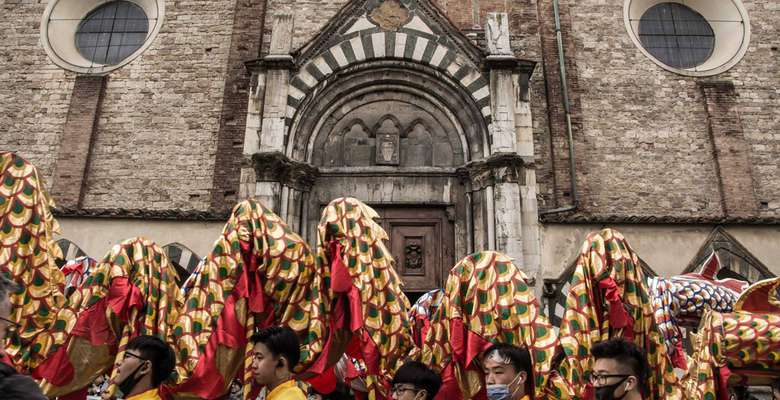
- Systemic changes
Prato (IT) counts 199K inhabitants: 49K are foreigners divided in more than 100 ethnicities, including 28K Chinese residents. Located in the immediate western outskirts of the medieval centre, the Chinese district or Macrolotto 0 is an emblem of how cultural diversity has been struggling to find recognition as a positive aspect of urban contemporaneity and global interconnectedness. We aim to problematise clashes over representations of the area as an insurgent Chinatown, rejecting the attempts to capture a single identity of the place by citizens, public and private bodies. Through the re-semantization of key iconographic items and forms of inhabiting the neighbourhood, we want to use research, architecture and performance to trigger a sustainable, creative and inclusive branding process that transcends current discourses over the district. Questioning iconicity, we interpret specific practices as a form of urban care that stimulates transformative and imaginative capacity of people.

The Watermelon Festival - Learning from spontaneity to design new syncretic performances.
Dating back to the 1950s, the tradition, held in Prato's historic centre, sees the mayor handing out free watermelon to the citizens on August 15th. The symbolic role of the watermelon bridges different segments of the local community and it undertakes an important ‘diplomatic role’ as the festival is particularly welcome and attended by locals with Chinese origins.
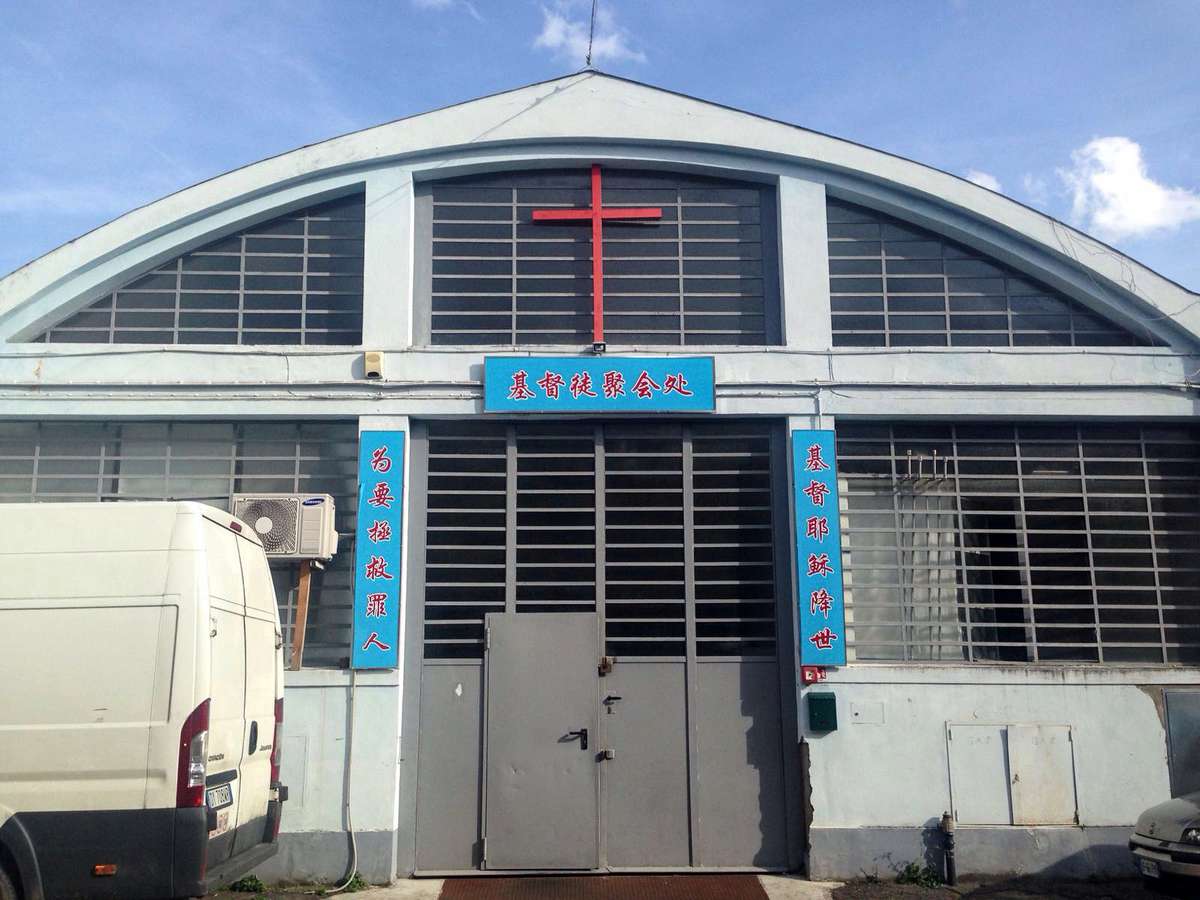
Religious Factory - Investigating architectural typologies that witness the emergence of hybrid iconographies.
Since the early 1990s, Prato has been targeted by several waves of Chinese migration as the one of the most desired locations in Europe to establish and consolidate textile businesses. Today, some industrial buildings have been transformed into congregation points for religious activities attended by migrant workers and foreign residents.
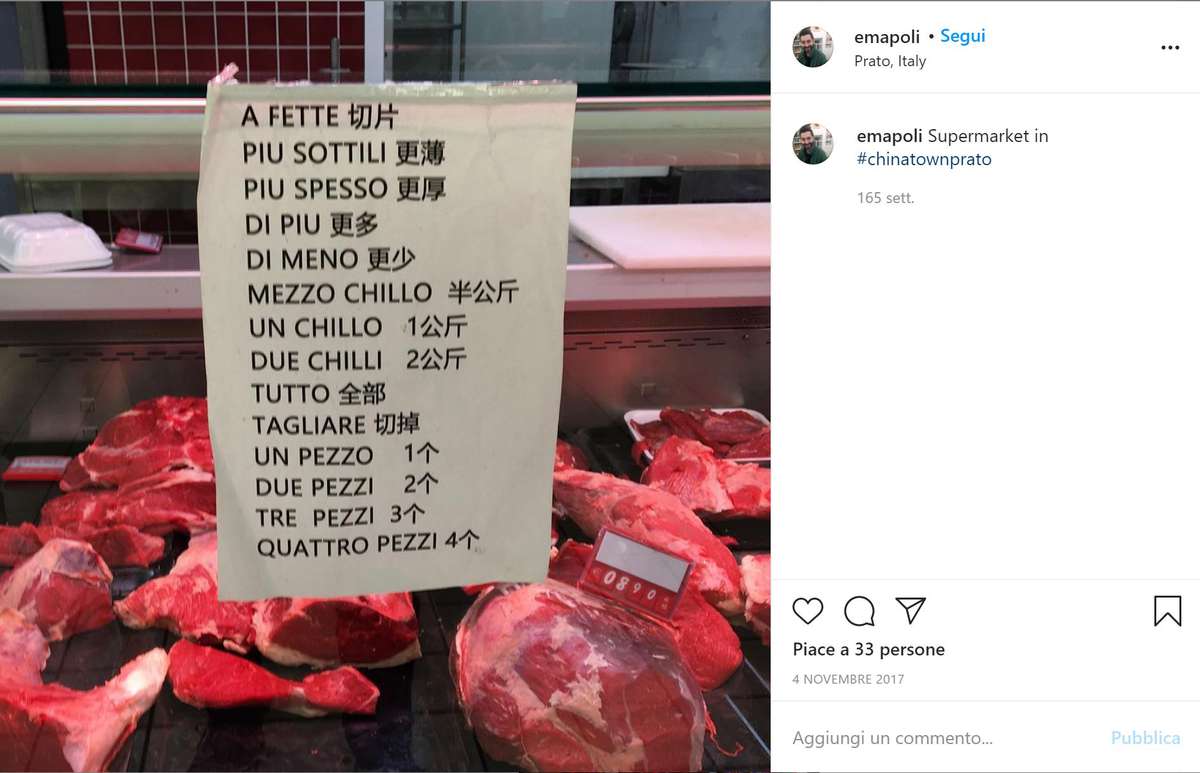
Monday Market - Translating spatial, visual, verbal and written languages - how could we codify a transcultural appropriate vocabulary?
We will work on the signs that people use to communicate and how the district is communicated, framed and perceived - both physically and digitally.
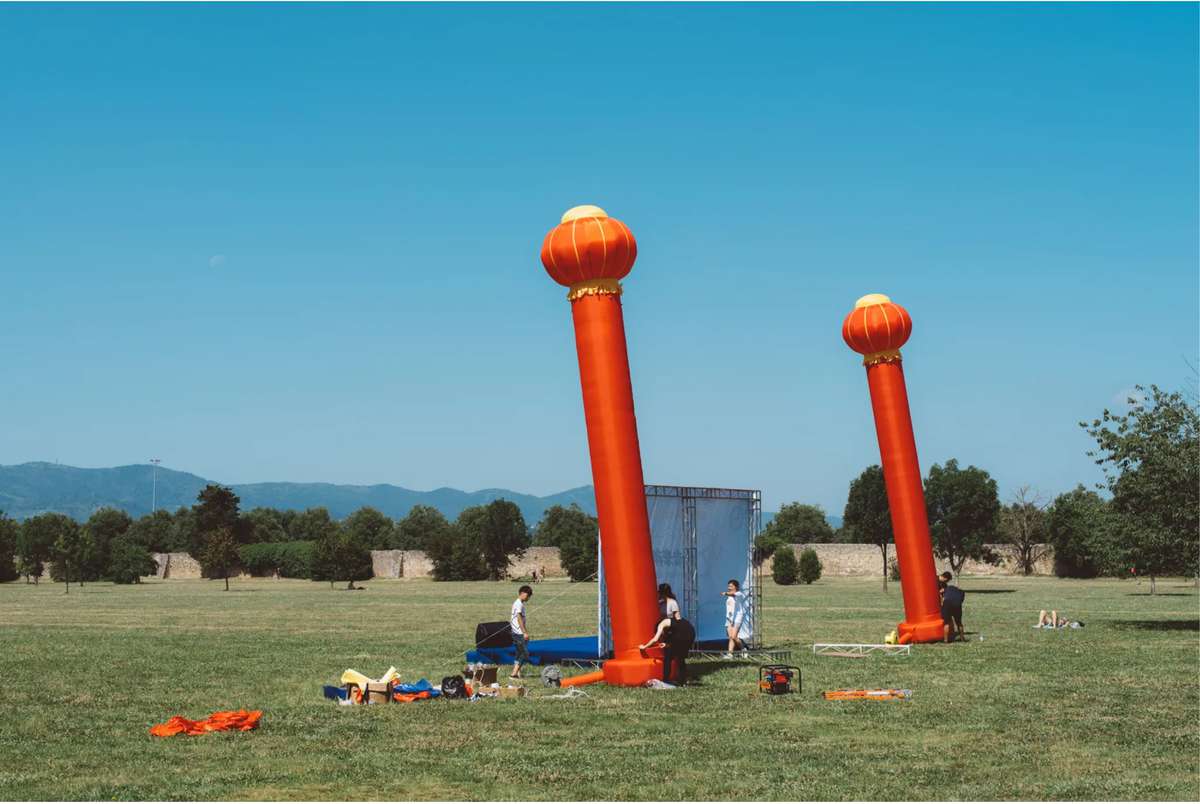
Temporary Paifang - Fabricating light, radical, speaking monuments.
A stage is set for the marathon prize-giving ceremony on a summer afternoon in the Cascine di Tavola park, in south Prato. We acknowledge the presence - and therefore the importance - of such recurring physical icons both when they appear as permanent materialities and as ephemeral constructions.
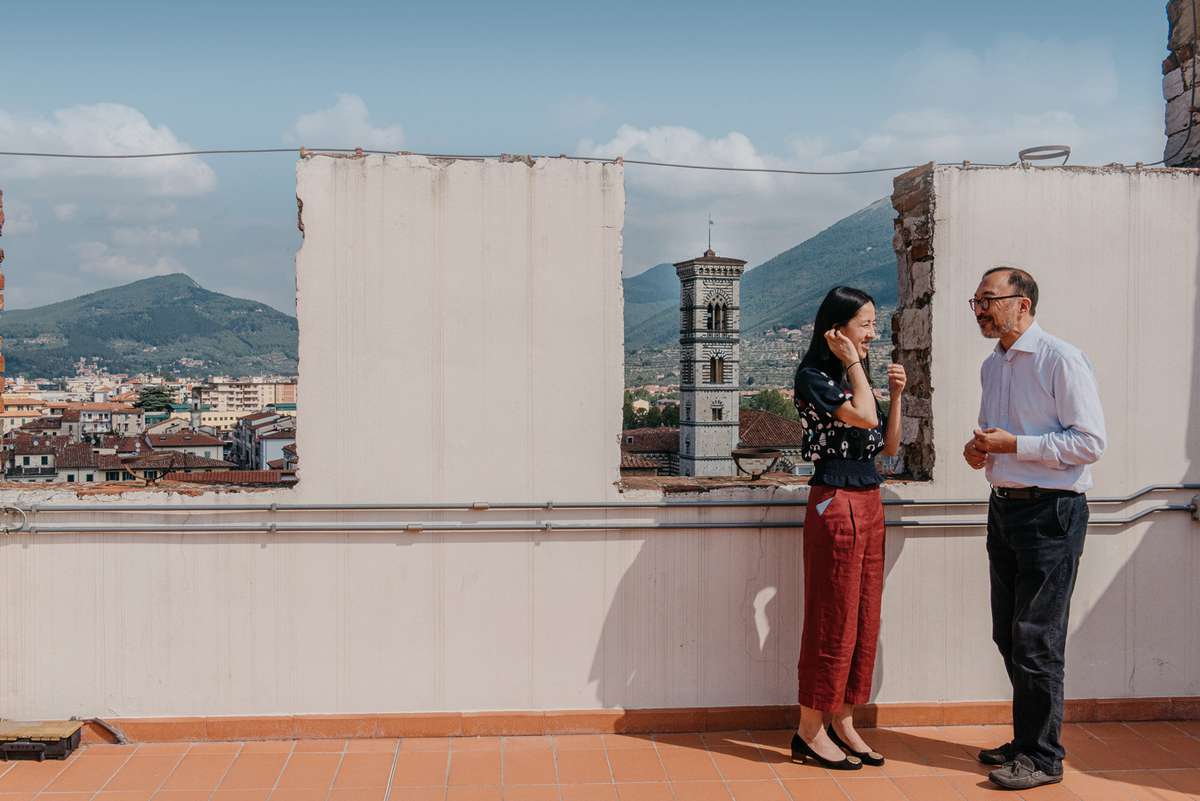
Looking Forward - Understanding local phenomena as a springboard for systemic strategies.
We will foster peculiar “active politics” to enable a layered process of negotiation between artists, communities, the public, and places, re-imagining the neighbourhood as the beginning of a productive trans-local network of belonging.
Teresa Lin and Marco Wong, elected in 2019, are the first city councilors of Prato’s municipality with Chinese origins.
Instant Icons
Instant Icons

- Systemic changes
Prato (IT) counts 199K inhabitants: 49K are foreigners divided in more than 100 ethnicities, including 28K Chinese residents. Located in the immediate western outskirts of the medieval centre, the Chinese district or Macrolotto 0 is an emblem of how cultural diversity has been struggling to find recognition as a positive aspect of urban contemporaneity and global interconnectedness. We aim to problematise clashes over representations of the area as an insurgent Chinatown, rejecting the attempts to capture a single identity of the place by citizens, public and private bodies. Through the re-semantization of key iconographic items and forms of inhabiting the neighbourhood, we want to use research, architecture and performance to trigger a sustainable, creative and inclusive branding process that transcends current discourses over the district. Questioning iconicity, we interpret specific practices as a form of urban care that stimulates transformative and imaginative capacity of people.
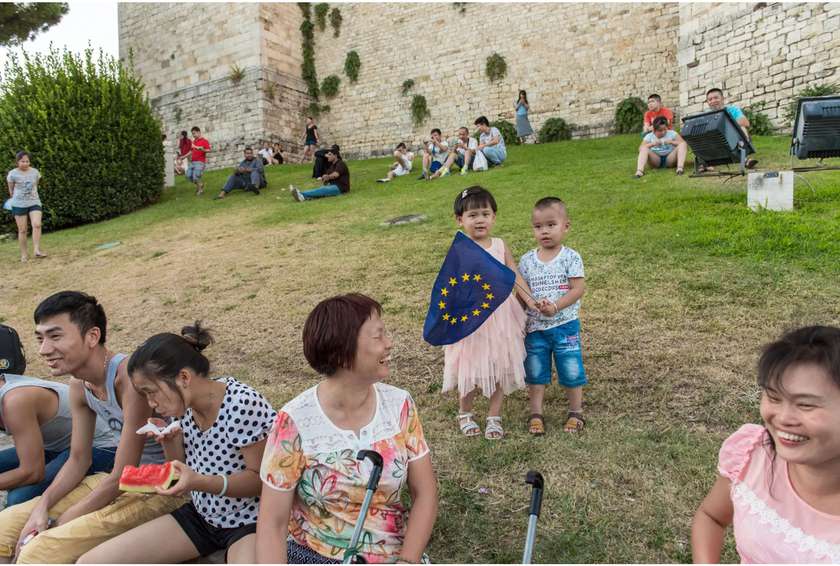
The Watermelon Festival - Learning from spontaneity to design new syncretic performances.
Dating back to the 1950s, the tradition, held in Prato's historic centre, sees the mayor handing out free watermelon to the citizens on August 15th. The symbolic role of the watermelon bridges different segments of the local community and it undertakes an important ‘diplomatic role’ as the festival is particularly welcome and attended by locals with Chinese origins.
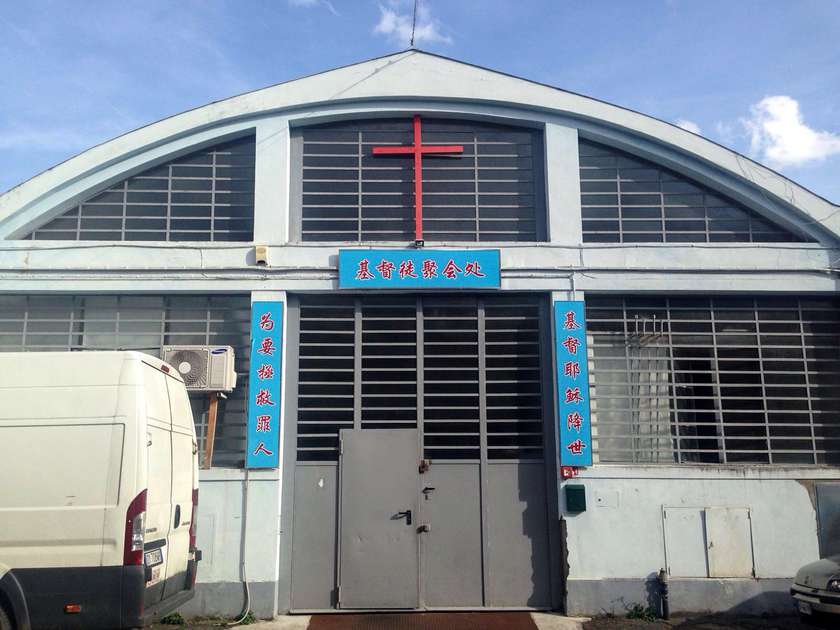
Religious Factory - Investigating architectural typologies that witness the emergence of hybrid iconographies.
Since the early 1990s, Prato has been targeted by several waves of Chinese migration as the one of the most desired locations in Europe to establish and consolidate textile businesses. Today, some industrial buildings have been transformed into congregation points for religious activities attended by migrant workers and foreign residents.
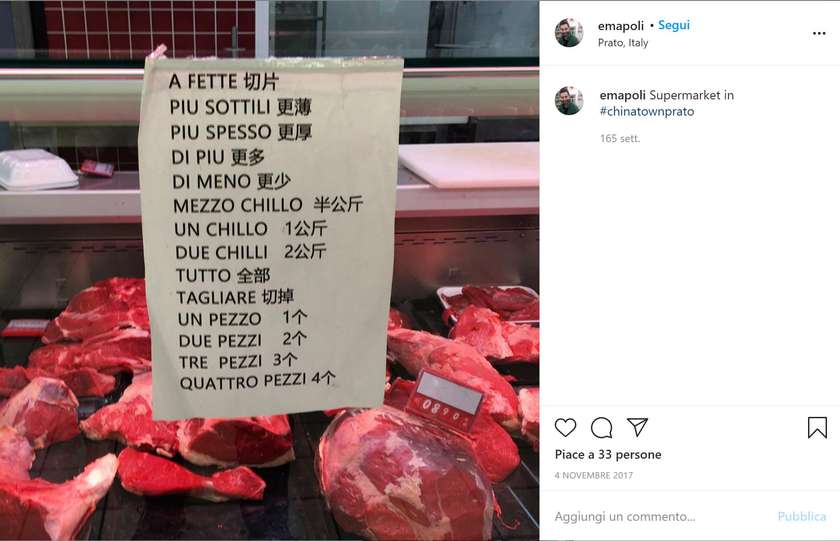
Monday Market - Translating spatial, visual, verbal and written languages - how could we codify a transcultural appropriate vocabulary?
We will work on the signs that people use to communicate and how the district is communicated, framed and perceived - both physically and digitally.

Temporary Paifang - Fabricating light, radical, speaking monuments.
A stage is set for the marathon prize-giving ceremony on a summer afternoon in the Cascine di Tavola park, in south Prato. We acknowledge the presence - and therefore the importance - of such recurring physical icons both when they appear as permanent materialities and as ephemeral constructions.
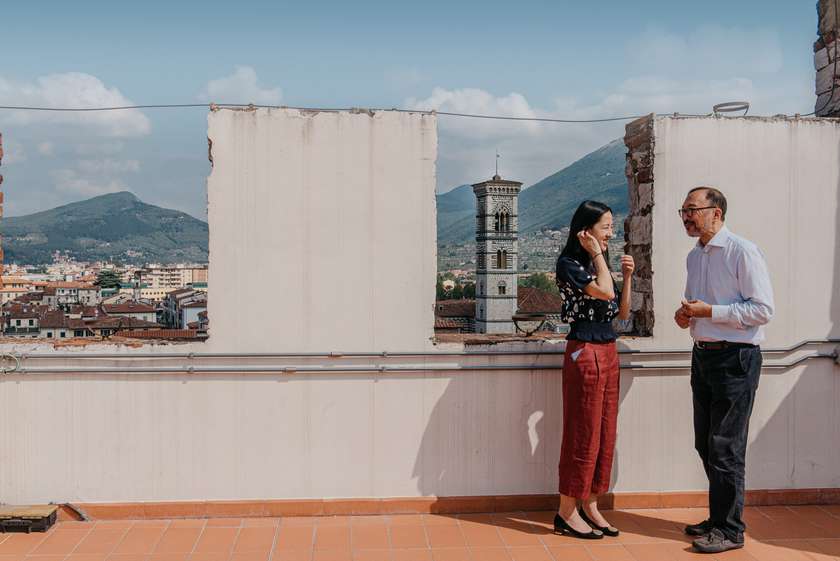
Looking Forward - Understanding local phenomena as a springboard for systemic strategies.
We will foster peculiar “active politics” to enable a layered process of negotiation between artists, communities, the public, and places, re-imagining the neighbourhood as the beginning of a productive trans-local network of belonging.
Teresa Lin and Marco Wong, elected in 2019, are the first city councilors of Prato’s municipality with Chinese origins.